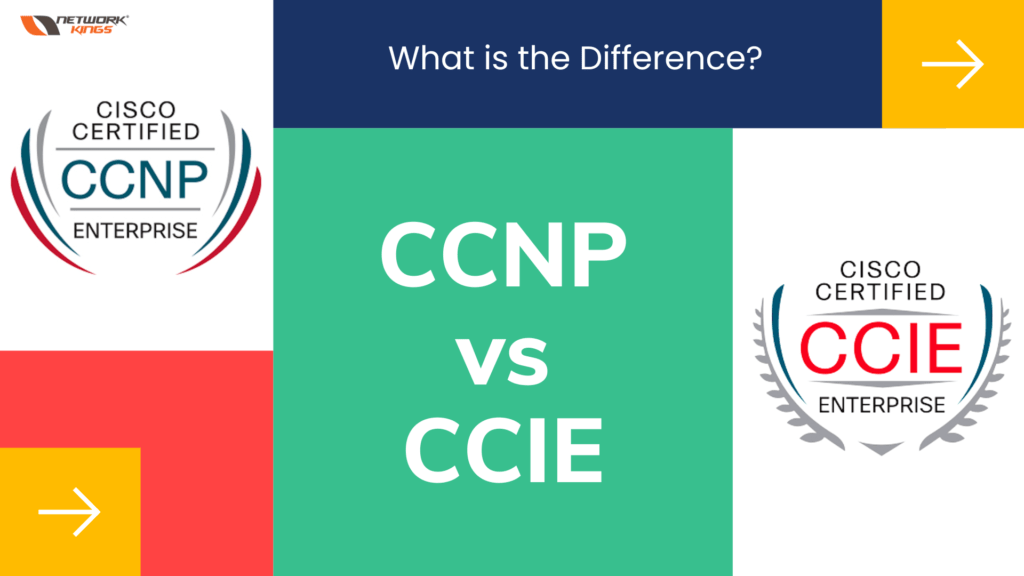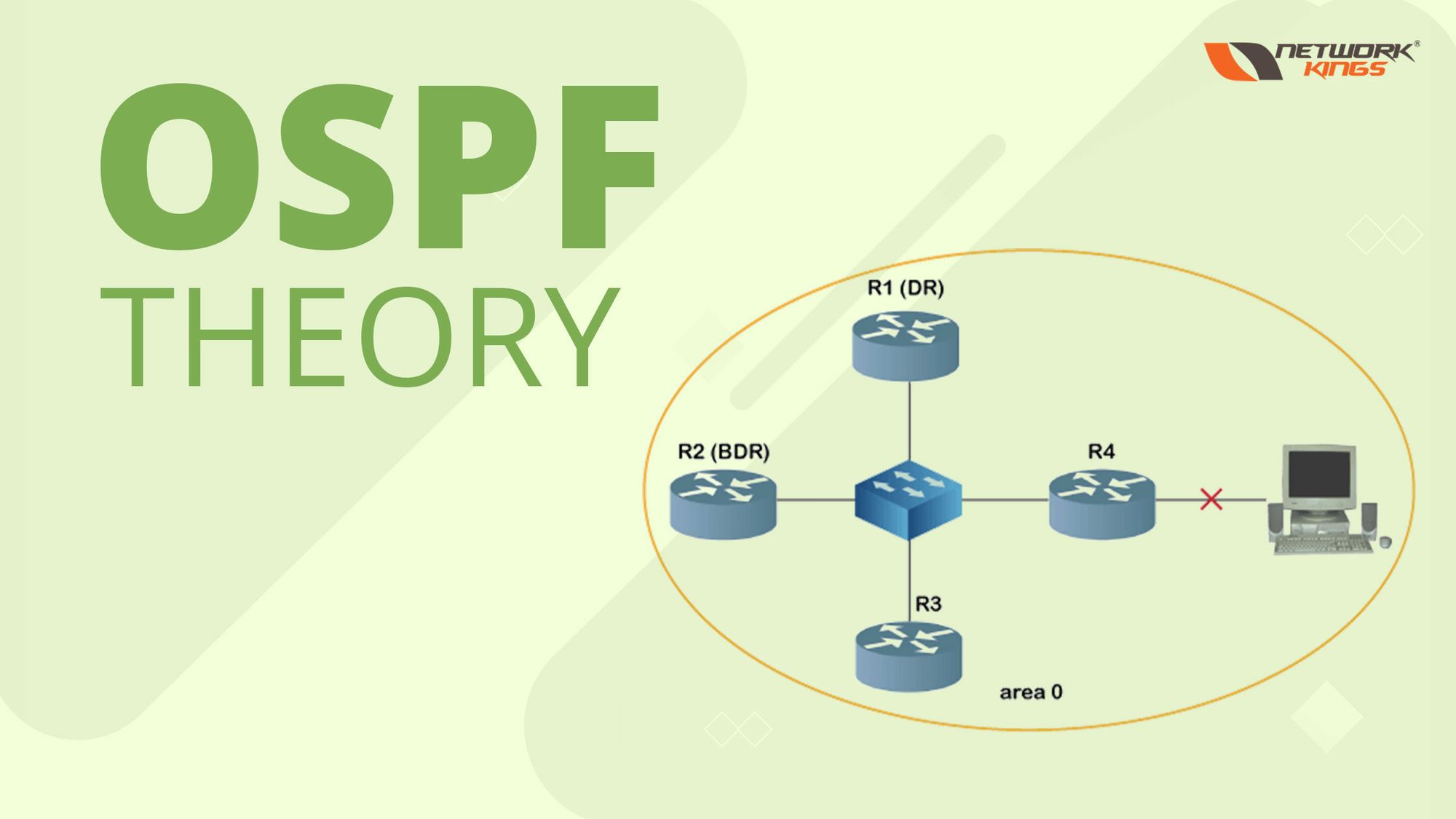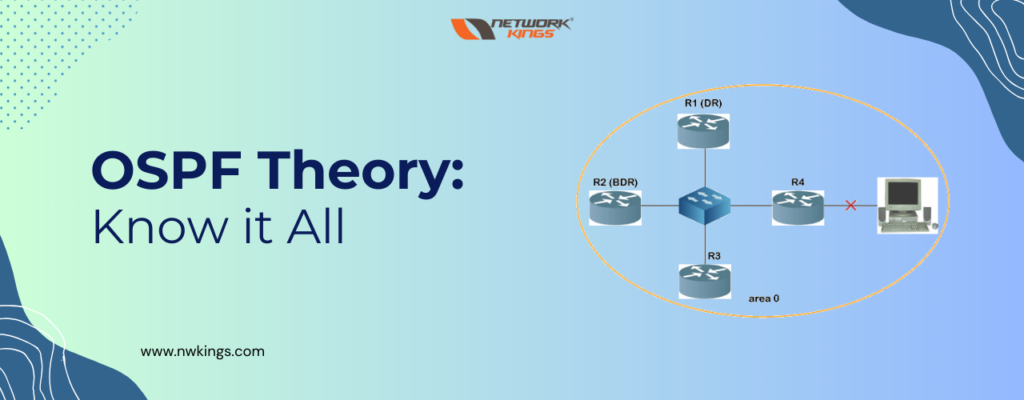In this blog, you will find out the difference between CCNP vs CCIE certifications. You will get to know about the pre-requirements for the CCNP and CCIE roles. You will also get to know about the job roles and the CCNP salary and the CCIE salary.
There are currently over 6,00,000 tech professionals holding Cisco certifications. These certifications include CCNA, CCNP, CCDA, CCDP, CCIE and CCSP certifications.
Based on all these parameters, you can choose the best job for yourself. Let’s see the difference. Between these two certifications.
Let’s first begin with CCNP

CCNA vs CCNP - What Is The Difference?
What is CCNP? Cisco Certified Network Professional
The Cisco Certified Network Professional (CCNP) is Cisco’s professional certification. It is a certification meant for aspiring Network Engineers who already have their CCNA certification.
The CCNA stands for Cisco Certified Network Associate. This certification is meant to help you land entry-level jobs.
What is CCIE? Cisco Certified Internetwork Expert
The Cisco Certified Internetwork Expert (CCIE) is the most reputed and respected Cisco certification. It is a little difficult to crack but it is completely worth it.
This certification is meant for the candidates who already have CCNP certification.
Who can choose the CCNP certification?
The candidates who already have their CCNA certification can take up the CCNP certification. However, it is not compulsory for you to have CCNA certification before CCNP.
You need to have the following knowledge before taking up the CCNP course:
- Basics of networking
- IP address
- Ports
- Routers
- Switches
- Subnetting
- Classes
- Subnet mask
- LAN technologies
- WAN technologies
If you are familiar with the above technologies, you can easily enroll in a CCNP course.
Who can choose the CCIE certification?
You can take up the CCIE certification for two reasons:
- You want a handsome salary hike
- You want to upskill yourself in the networking industry
Candidates who already have a CCNP certification and have 5-7 years of industry experience can think about upskilling to CCIE position.
You need to have an understanding of the following topics:
- Floating routes and NAT
- EIGRP
- OSPF
- Inter VLAN
- RIP
- ACLs, CoPP, SPAN, RSPAN
- NetFlow
- Troubleshoot methods
- VPN and IPsec
- Python for Network Engineers
- Network automation
If you are thorough with these topics, you can then proceed with the CCIE certification.
What exams do you need to take for CCNP certification?
You need to take two exams to get CCNP certified. These exams are:
- Core exam:
The core exam is the 350-401 ENCOR – Implementing and Operating Cisco Enterprise Network Core Technologies (ENCOR).
- Concentration exam:
The concentration exam is 300-410 ENARSI – Implementing Cisco Enterprise Advanced Routing and Services (ENARSI).
There are 5 other concentration exams to choose from as well. Yet, it is the best choice to take up the ENARSI and ENCOR certification.
A lot of people also choose just one of them. However, it is recommended to take both of the exams to get CCNP certified.
What exams do you need to take for CCIE certification?
For any CCIE exam, you need to pass two exams. These exams are:
- Qualifying exam:
You have to pass the qualifying exam which is the Implementing and Operating Cisco Enterprise Network Core Technologies (ENCOR 350-401). This exam is a 2-hour long exam.
- Lab exam:
You need to take a lab exam for CCIE which is the CCIE Enterprise Infrastructure v1.0. It is an 8-hour long exam.
What is the cost for the CCNP exam?
The exam cost of the 350-401 ENCOR exam is $400 USD.
The exam cost for the 300-410 ENARSI exam is $300 USD.
What is the cost for the CCIE exam?
The CCIE exam costs is $2,350.
How?
The cost of the written exam for the CCIE certification is around $450 per attempt. The cost of the lab exam is around $1,900 each attempt.
The certificate of a CCIE costs around $2,350 in total.
As you can see, the cost of the CCIE certification is very high as compared to CCNP.
Yet, if you really want to become a Senior Network Engineer and stand out from the crowd, the CCIE certification is the best certification to choose!
What jobs can you land with CCNP?
You can land the following job positions with CCNP. These job positions include:
- Network Engineer
- Network Security Engineer
- L3 Network Security Engineer
- Network Support Specialist
- L1 L2 Network Engineer
- NOC Engineer
- TAC Engineer
- Infrastructure Specialist
- Network Architect
- Network Administrator
This list can go on and on. You can see there are plenty of job openings for CCNP certification holders.
What jobs can you land with CCIE?
You can land the following prestigious job titles with the CCIE certification. These job roles are mentioned below:
- Network Manager
- Senior Network Engineer
- Senior Network Architect
- Network Security Expert
- Security Network Consulting Engineer
- Senior Security Architect
- L3 Network Engineer
- Senior Network Administrator
- Solution Network Architect
- Network Engineering Specialist Advisor
- Network Design Engineer
What can you do to upskill after CCNP?
After CCNP, you can upgrade your skills by going for the CCIE certification. Yet, it has to be noted that you need to have five to eight years of experience in the CCNP domain to upskill.
CCIE is the highest level of Cisco certification. It needs patience, determination and hard work. You can choose to do CCIE if you want to!
What can you do to upskill after CCIE?
CCIE is the highest level of Cisco certification. After CCIE, you can upskill yourself by gaining more CCIE certifications in various domains.
You can have expertise in the CCIE certification that you have the certification of. You can stay updated with the latest networking technologies and latest Cisco curriculums. This will help you to stay upgraded.
Conclusion CCNP vs CCIE:
Cisco certifications have always been the best to enter the tech industry. These certifications have helped thousands of candidates stand out from the regular candidates.
CCNP certification and CCIE certification are the best networking certifications that you can gain throughout your technical career.
It gives you the magic key to open the door to unlimited job opportunities. You can begin your CCNP journey today if you are already a CCNA certification holder.
Also, if you are a CCNP certification holder, you must buck up for the CCIE certification for a better salary.






